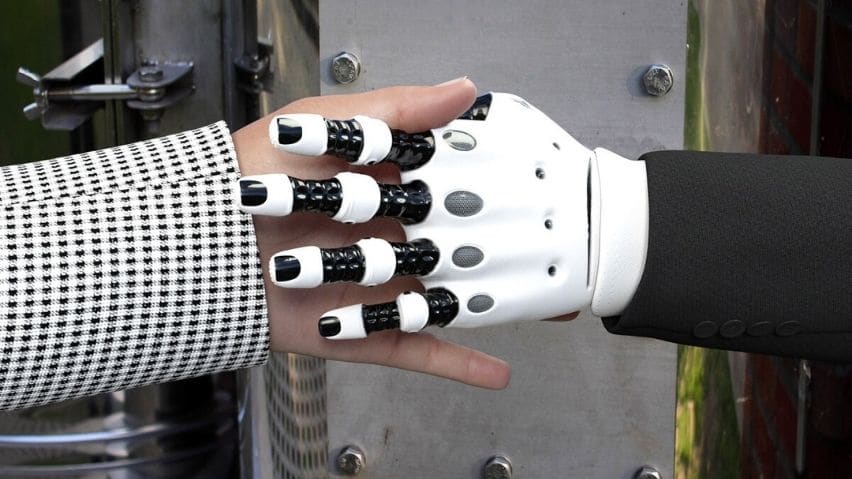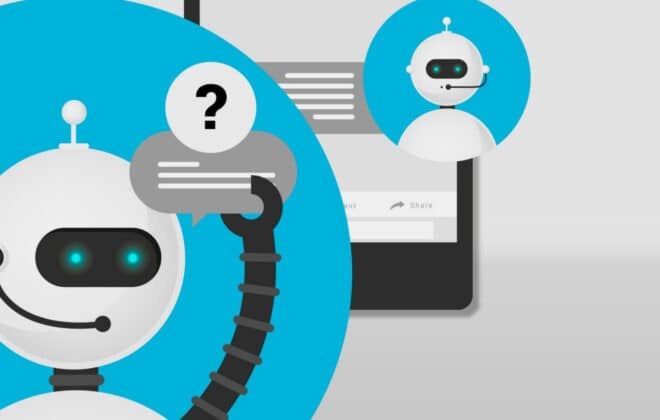
Why RPA is the Future Of Customer Service
Customer service is key to unlocking the potential of modern retail, and ecommerce in particular. Make your customers happy and they’ll reward you accordingly: they’ll keep coming back to place more orders, recommend you to others, and follow all your activity. But it’s hard to do well at scale — which is where RPA services come in.
The central thrust of a RPA company is emulating the actions of real people, interacting with front-end systems instead of needing APIs — so how could this factor into the customer service world?
Let’s take a closer look at why RPA is the future of service:
It can rapidly provide representative testing
Building a customer service system is hard enough, and testing is potentially even harder. The problem there is that a high-end ecommerce system under load endures incredible stress, and it’s hard to replicate that stress in a representative way. You can’t really hire thousands of people to place orders through your store — but you can’t simply run standard computer stress tests and expect them to mean much about regular use.
Using RPA, you can set out a huge range of replicated customer actions, then set them all live at the same time on a test version of your site. From the perspective of your system, it will be no different from receiving real orders, allowing you to see what happens if — for instance — a hundred people try to order the same product simultaneously.
It can expand the range of Chatbot functionality
The complexity of running an online business (particularly in the ecommerce world) is consistently rising, and the need to alleviate some of the pressure on workers is now driving the development of native automation systems that encourage companies to innovate their own efficient procedures — something that can be challenging to people outside of the tech world.
The point of these automation systems is that they simplify things to make them more accessible, and that’s what robotic process automation is all about. Instead of going through a script to deal with a particular API, you can simply carry out normal worker actions and have them replicated in automation sequences.
Given that the customer service industry is heavily turning to chatbots for 24/7 support scaling (ecommerce operates at all hours, and the growth of international selling through giant marketplaces makes it hard to get away with the classic 9-to-5 responsiveness), this expands the range of options. You could have a support assistant carry out a wide range of processes, record and tag them suitably, then add them to your chatbot.
It can allow support workers to be more helpful
Not everything can be handled by a chatbot, so you’ll always need actual people to deal with the trickiest queries. Live chat logs can easily be recorded, but audio calls are trickier, often requiring the assistants to make copious notes — and this limits their ability to focus on their primary goal of keeping the customer happy.
In principle, there’s no reason why RPA couldn’t be used to carry out processes like transcription (again, without needing special APIs), lightening the workload of the support assistance and giving them room to be empathic and helpful. It could create customer accounts, log everything as required, and operate seamlessly across numerous channels in a way that a person couldn’t hope to achieve.
Getting rid of process-based tedium is a core goal of the robotic process automation industry, and it’s achieving remarkable things across the board. Cut out the repetitive tasks, leave behind anything that benefits from nuance and creativity, and you’ll achieve the perfect balance.
Through taking over dull tasks with low creative ceilings, helping to create more sophisticated chatbots, and making it possible for companies of all sizes to carry out representative systems testing, robotic process automation is proving highly impactful in the customer service world — and it’s going to achieve even more in the future.
Consulting is free – let us help you grow!




